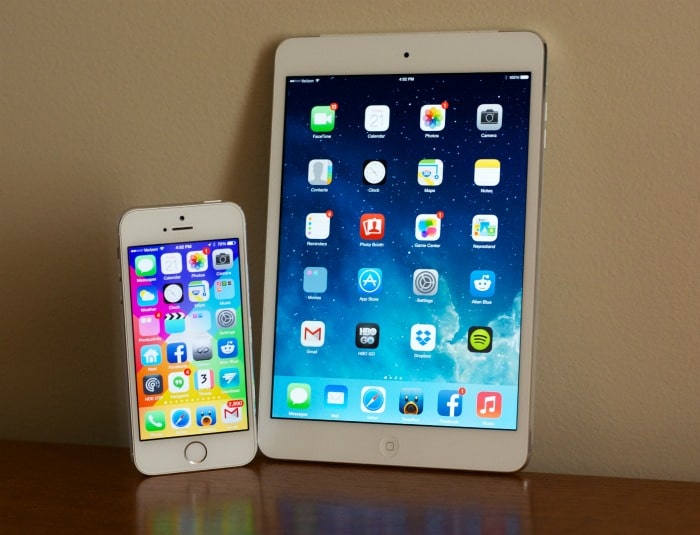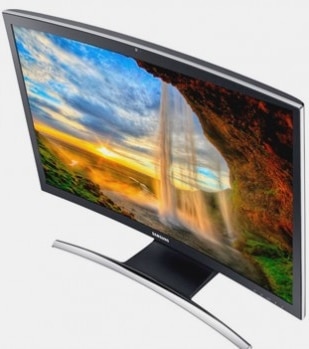A new product for smartphones of all shapes and sizes recently hit the market and is sure to be a hit with virtual gym trainers, families who live far apart, fashion bloggers who need to capture their style and anyone who is just craving for an easier way to get the perfect selfie.
The product is called Popscope and it is the happy marriage between the selfie stick and a cellphone tripod that seems to be long overdue.
In the digital age, smartphones have long waged a war against consumer cameras, so it’s only natural that tech-savvy entrepreneurs have been rushing to create accessories for mobile devices that mirror those of camera accessories.
From different lenses to external microphones, anything a consumer videographer or photographer would equip their DSLR camera with, they can now simply attach a similar version to their smartphones.
Popscope is adding to that ever-growing repertoire of accessories that are helping smartphones gear up for their battle against digital cameras by doubling as a tripod and monopod.
Tripods for smartphones are not a new invention, but Popscope may be the first product that combines the cellphone tripod with the latest trend for selfie lovers — the selfie stick.
The selfie stick is a rod that can safely secure users’ phones at the end of the stick.
The accessory also comes with a wireless remote to activate the phone’s shutter so one can take a good selfie with the phone farther away.
The Popscope not only gives consumers the option to prop up their phones on a tripod, but it also extends out to become a selfie stick of its own.
The inventor and CEO of Popscope, Vincent Smith, was surprised that such a demand had not already been met in the market.
“Trying with no luck to take a full body selfie at arm’s length before going out to send to a friend, I thought if I could set my phone on a small tripod, that would work,” he said in a press release. “I searched but could not find a product that could accomplish that. This led me to think, ‘How can I design something?’ ”
Thus the Popscope, and all 19 inches of its retractable glory, was created.
The swivel head on the Popscope allows for an impressive 90-degree bend and makes it much easier for people to video chat, record themselves for online tutorials or just take pictures.
The fact that it can collapse down to 6.49 inches makes it a breeze to tote around.
“We prize this device on being versatile, compact and incredibly useful,” Smith said. “We’ve nailed this concept as it fits most all phones, and is extremely easy to carry.”
Never again will a social media fashionista have to opt for a mirror selfie if nobody is around to capture her outfit from head-to-toe. Extended conversations on Facetime will no longer end simply because someone’s arm got too tired to keep holding the cellphone at eye level. The days of propping your cellphone up on a pile of books to watch your favorite shows are long gone.
In an age where the quality of a cellphone’s camera is more of a deciding factor of the phone’s worth than its battery life or durability, the Popscope has emerged as quite the hero for the tech-savvy, selfie-obsessed young consumers.
https://www.youtube.com/watch?v=3w_qJ1QGfDo#t=70















